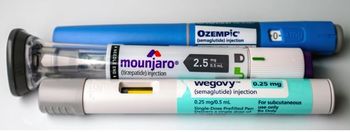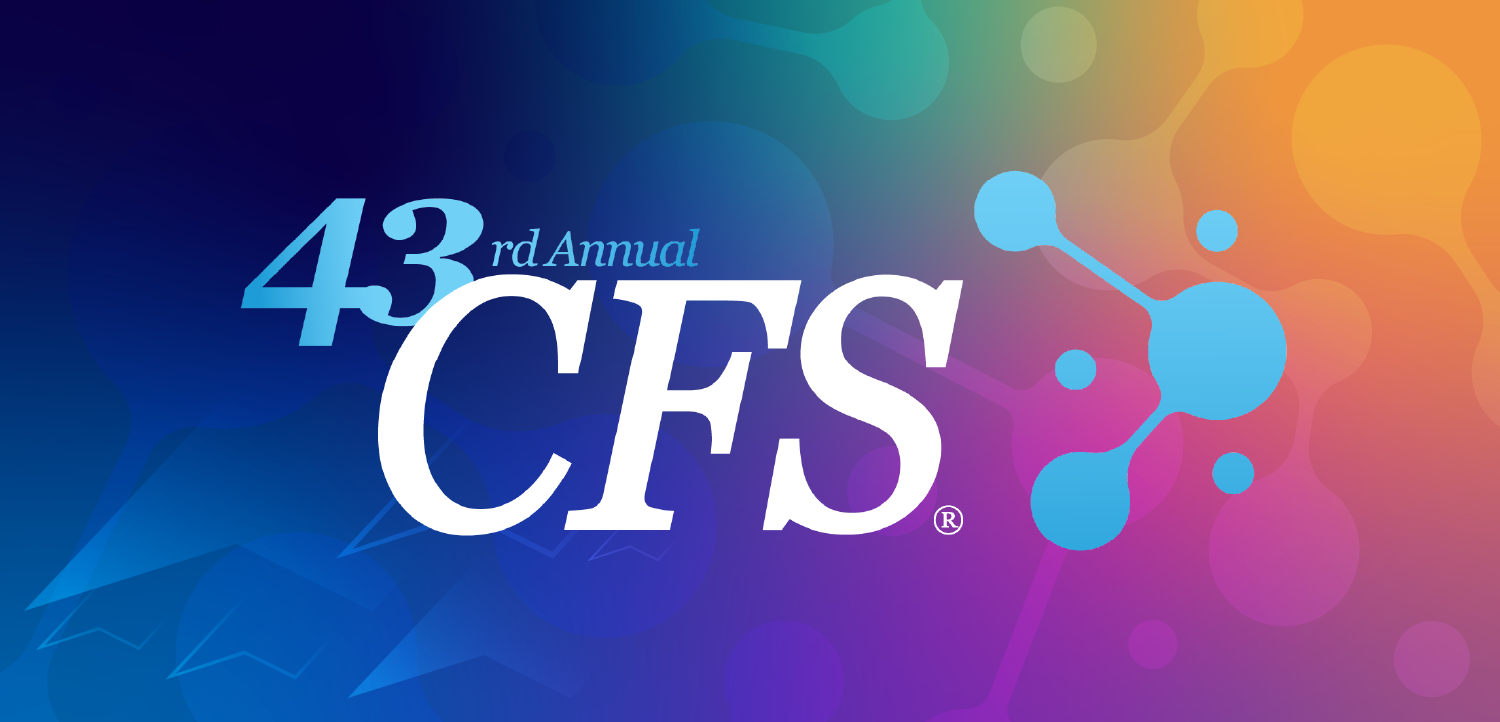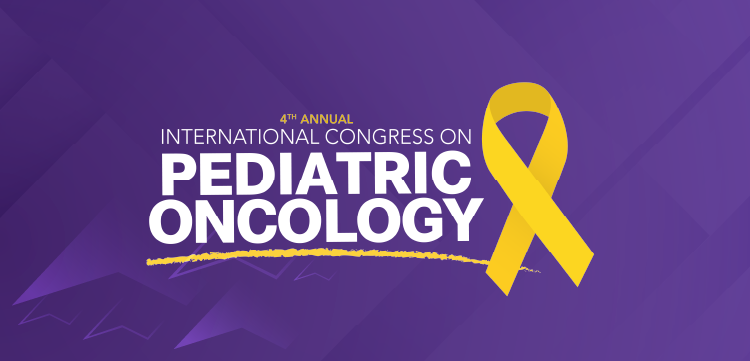
Medical Overuse Pop Quiz
Take this brief quiz to test your knowledge of the medical overuse problem and a potential solution.
An evidence-based conceptual map of negative consequences of overuse of medical tests and treatments was developed recently by authors from the Memorial Sloan Kettering Cancer Center, New York, and other institutions. The map, which appeared in a recently published online article in
Take this brief quiz below to test your knowledge of the medical overuse problem and this potential solution.
Question 1.
Answer: B. False. Medical overuse provides both adults and children with health services for which the potential harms exceed the potential benefits.
Question 2.
Answer: E. A and B. The map for medical overuse is designed to clarify the processes by which overused tests and treatments result in negative consequences for patients AND document multiple domains of negative consequences that patients experience.
Question 3.
Answer: D. A, B, and C. The map may be useful for reducing medical overuse because it can facilitate comprehensive clinician communication with patients about overuse, estimate harms and costs associated with overused services, and inform health system efforts to reduce overuse.
Question 4.
Answer: C. Physical, psychological, treatment burden, social, financial, dissatisfaction with health care.
Question 5.
Answer: B. Treatment burden. Managing chronic health conditions that arise as complications of overused procedures is a long-term consequence of treatment burden, the workload that patients must perform to manage health conditions.
Question 6.
Answer: E. A and B. Short-term consequences of medical overuse are loss of availability to participate in social activities due to a medical condition and lost wages from time away from work.
Question 7.
Answer: A. True. An example of this loop of downstream services is when an unnecessary screening low-dose computed tomography scan reveals scattered nodules, which leads to a 3-month follow-up scan, which leads to a PET scan, a surgical evaluation, and another follow-up scan.
Question 8.
Answer: C. MRI for detection and diagnosis of inflammatory activity. A JAMA Internal Medicine review of PubMed articles published in 2016 identified treatment for early-stage prostate cancer, oxygen for patients with moderate COPD, surgery for meniscal tear with mechanical symptoms, and nutritional interventions for malnourished inpatients as medical services for which harms are likely to outweigh benefits; MRI for detection and diagnosis of inflammatory activity was not identified.1
For more information on all questions and answers, please visit
References:
1. Morgan DJ, Dhruva SS, Coon ER, Wright SM, Korenstein D.
Newsletter
Enhance your clinical practice with the Patient Care newsletter, offering the latest evidence-based guidelines, diagnostic insights, and treatment strategies for primary care physicians.

































































































































































































































































































